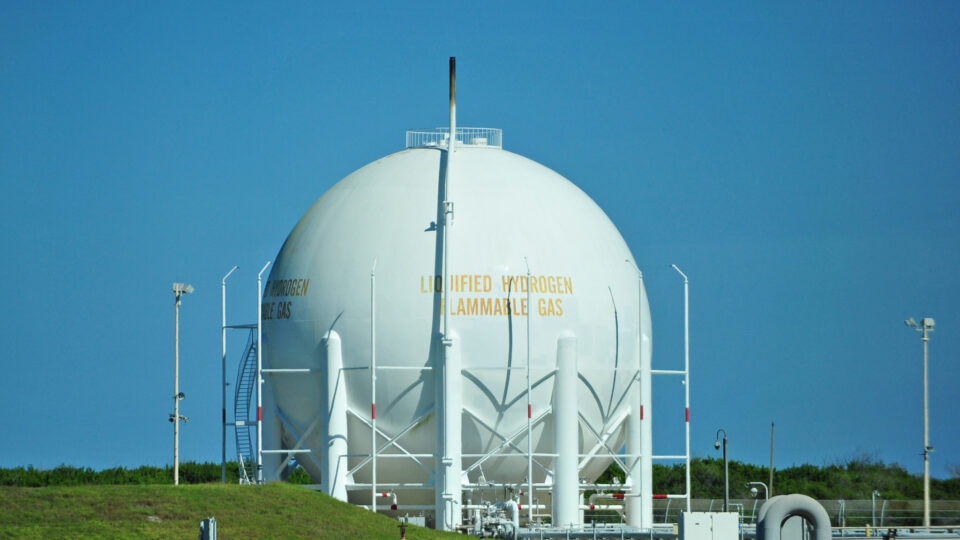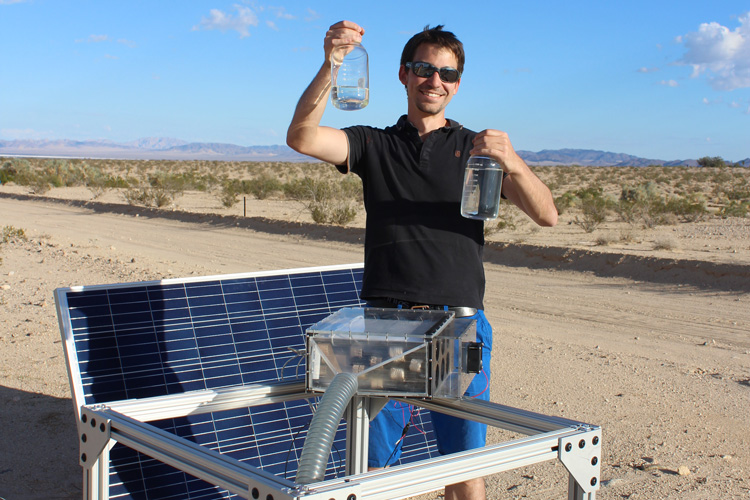Hydrogen is considered to be a potential substitute for conventional fossil fuels in applications where electricity cannot easily be used such as in blast furnaces, cement works, industrial heating, long-distance aviation, and shipping. But most hydrogen is manufactured by separating it from methane, which is energy-intensive and produces carbon dioxide. So-called green hydrogen is made by splitting water using electricity. It is a carbon-free process if the electricity is from renewable sources, but it is pretty expensive.
A small community in Mali gets its electricity by burning natural hydrogen, which bubbles up from underground into a village well. It has long been known that processes in the Earth’s crust can make hydrogen gas from water under certain circumstances. But conventional wisdom has been that this occurrence is rare and that the hydrogen produced is either inaccessible or seeps away.
An increasing number of geoscientists now are convinced that there is actually an enormous quantity of hydrogen beneath the planet’s surface and that we just haven’t been looking for it in the right places, or at all, for that matter. Some say that there could be trillions of tons of hydrogen, and more is being generated all the time.
Prospectors have recently been drilling for hydrogen in France, Australia, Morocco, Brazil, and in the United States, in Nebraska, Arizona, and Kansas. Will extracting natural hydrogen be practical at the scale required and will it be economical? The jury is still out on all of this, but if it turns out as proponents claim, natural hydrogen could be a very big deal.
**********
Web Links
Natural Hydrogen: A Potential Clean Energy Source Beneath Our Feet
Photo, posted November 4, 2012, courtesy of Heather Paul via Flickr.
Earth Wise is a production of WAMC Northeast Public Radio

